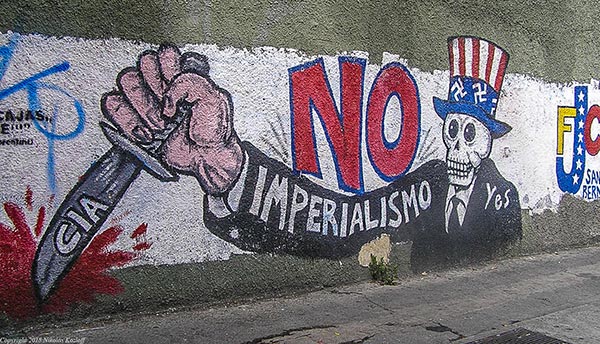
From Venezuela in the Chávez Era to Buenos Aires to Montevideo: A Political Photo Essay
In 2006, in the midst of the Chávez era, I toured Caracas and the surrounding area. At the time, the administration was touting its much-vaulted social programs or “missions.”
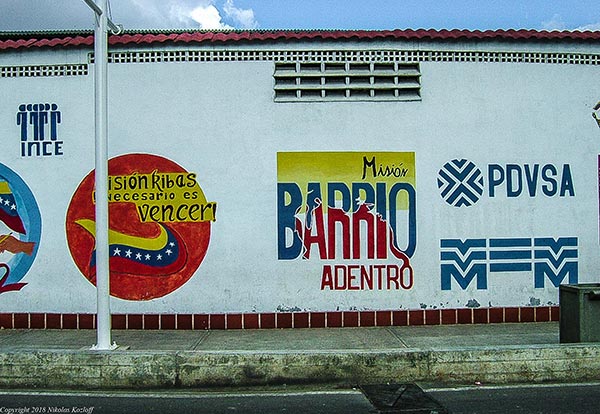
In 2003, the government created “Misión Barrio Adentro” or “Inside the Neighborhood Mission,” a program to provide basic health care to disadvantaged neighborhoods. However, over time Barrio Adentro began to fray at the edges, with Cuban doctors employed by the program seeking asylum in the U.S. Misión Ribas, meanwhile, provided adult education.
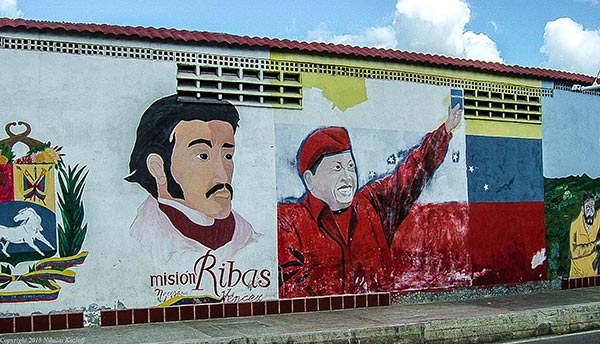

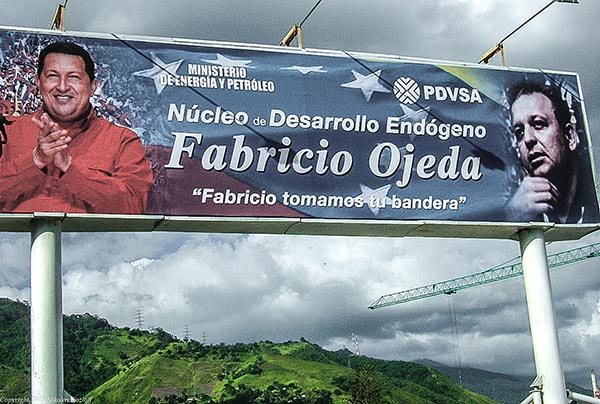
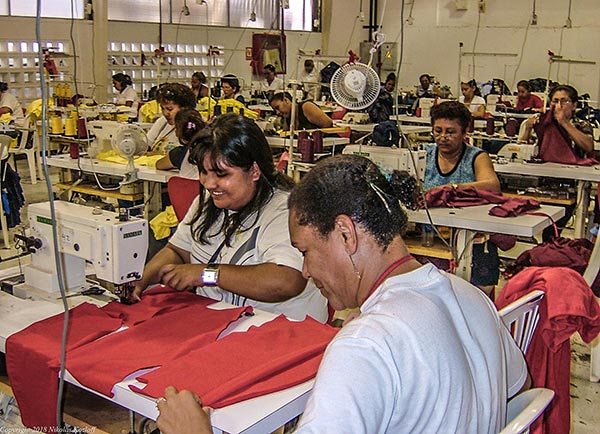
Despite its much-vaulted cooperative program, many enterprises remained mired in corruption and the government never succeeded in paving the groundwork for democratization of the economy.

It’s easy to forget just how much Chávez’s political fortunes were tied to anti-Bush sentiment at the time.
In downtown Caracas, a more intriguing mural sought to convey Venezuelan history from a leftist perspective.
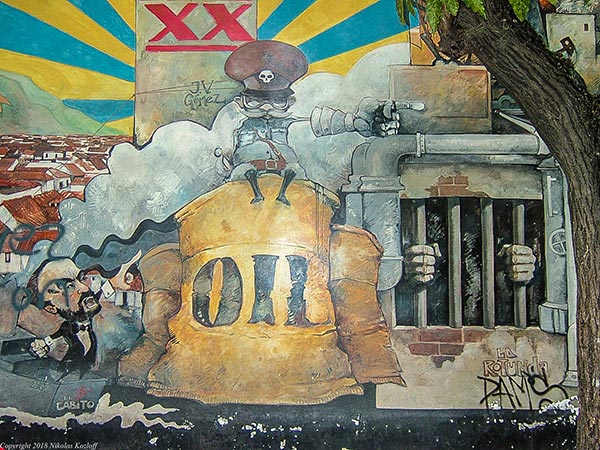
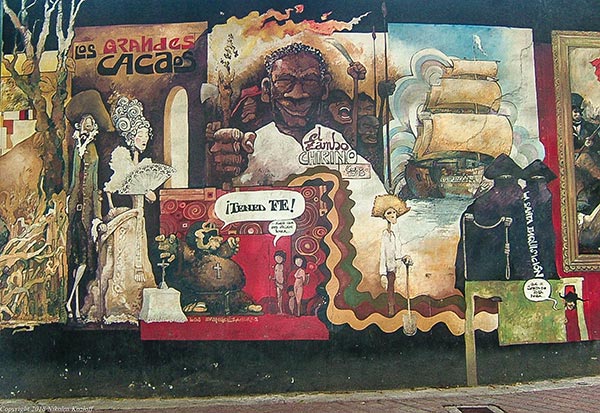
Now that Venezuela is imploding under Nicolás Maduro, these photos from 2006 seem somewhat dated and the left must fully learn from its mistakes.
In Argentina, meanwhile, the old guard left is still very much in evidence judging from a recent trip to Buenos Aires.
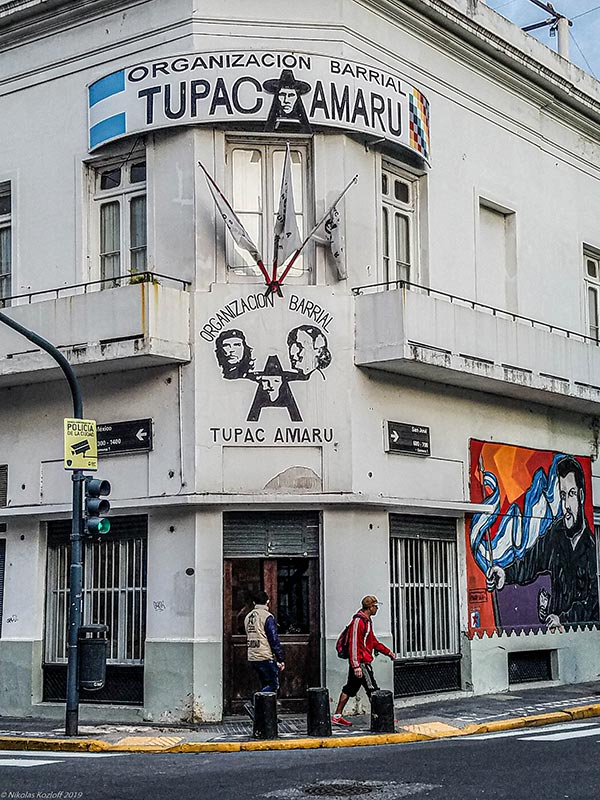
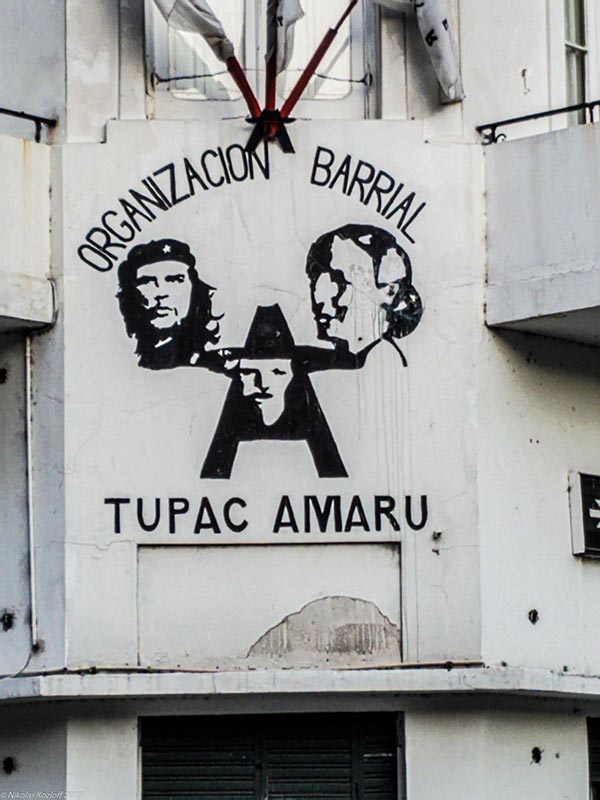
Argentina is currently being governed by right wing Mauricio Macri, though the government has been roiled by economic crisis. The presidential election, which could bring Peronists back into power in the form of Alberto Fernández and infamous running mate Cristina Fernández de Kirchner, takes place October 27. In Buenos Aires, Macri’s macro-economic policies are clearly bothersome to some.
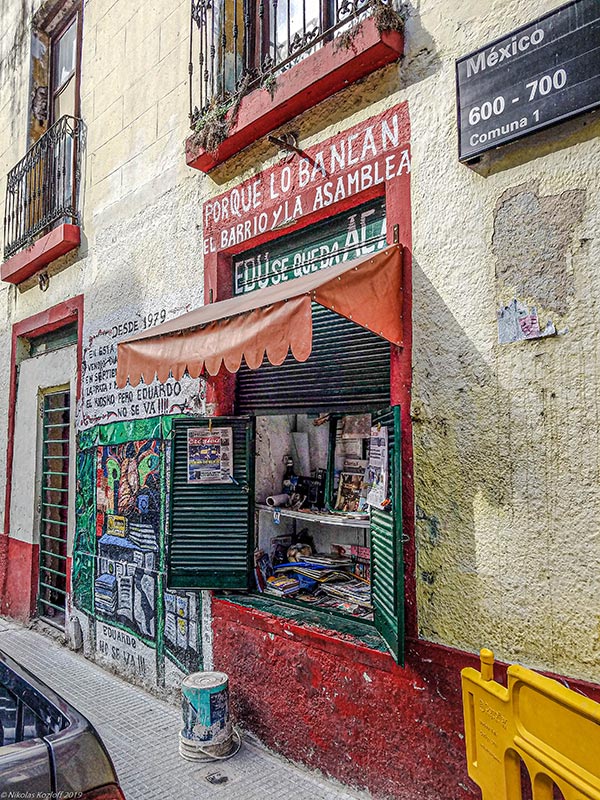
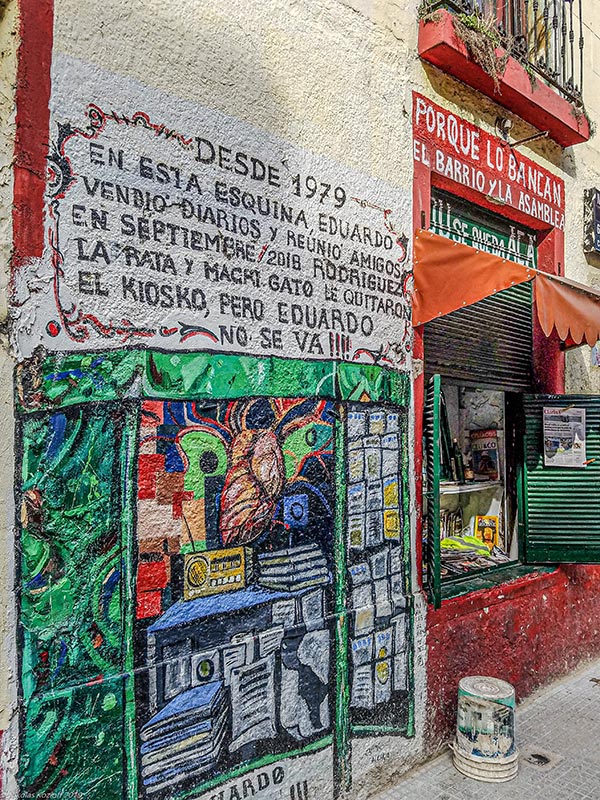
In Uruguay, presidential elections are set for October 27th. Though the center-leftist Broad Front has been in power since 2005, the party has been losing popular support in the polls compared to previous elections. On the streets of Montevideo, however, one comes across sympathy for the older “Pink Tide” which has been eclipsed in recent years.
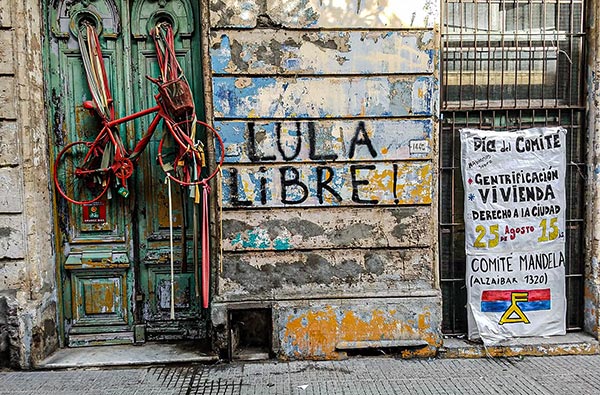

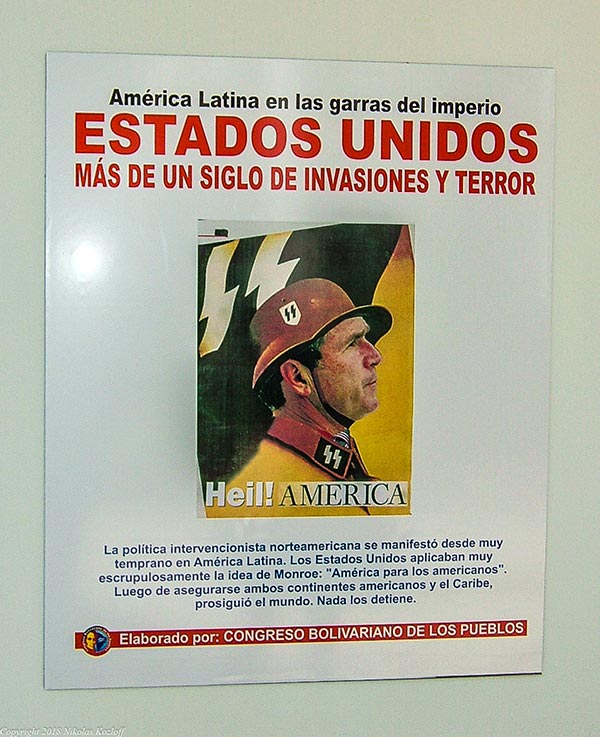

Leave a comment